Hi there, pet lovers! 🐌💚
For those seeking a unique, undemanding, and fascinating pet, snails might just be the ideal choice. These quiet, low-maintenance creatures are perfect for beginners, busy individuals, or anyone who appreciates slow-moving, easygoing companions.
Unlike traditional pets, snails require minimal space, no noise, and thrive on simple diets—often even eating kitchen scraps. Whether you’re considering a garden snail, a giant African land snail (GALS), or an aquatic mystery snail, this guide covers everything you need to know about their care, behavior, and why they make such rewarding pets.
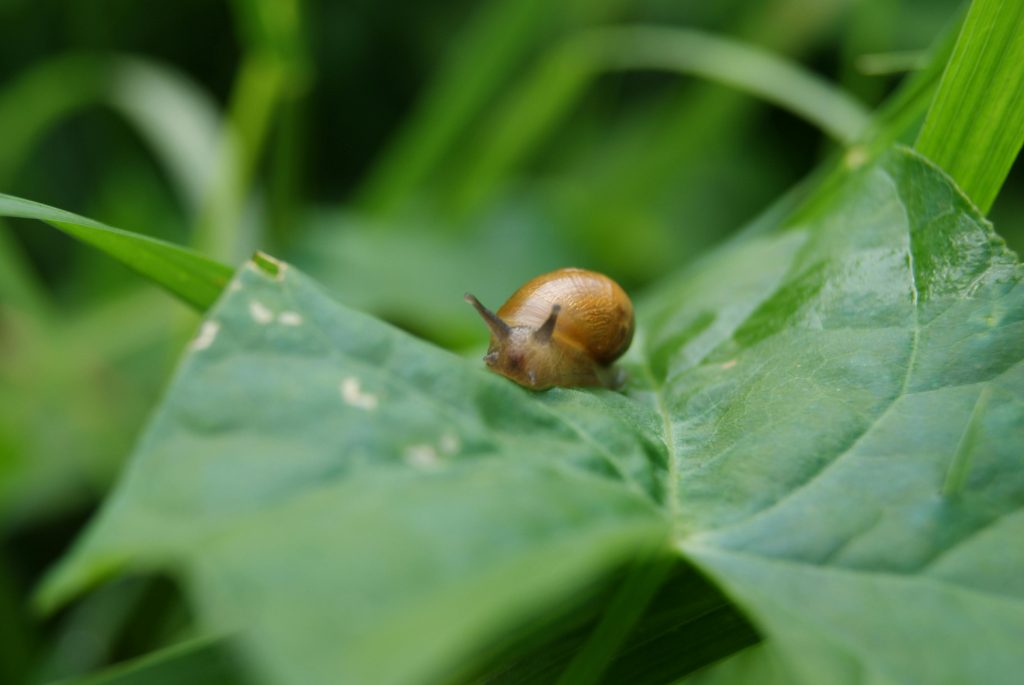
Overview
Snails are fascinating, low-maintenance invertebrates that come in various species—each with unique traits. Here’s a quick summary of what makes them stand out:
- Handling and Temperament: Gentle and slow-moving; best observed rather than frequently handled.
- Care and Maintenance: Extremely easy but require proper humidity, substrate, and diet.
- Health and Durability: Hardy but sensitive to poor water conditions (aquatic) or improper humidity (land snails).
- Availability: Widely available (depending on species); some require ethical sourcing.
- Cost: Very affordable to purchase and maintain.
- Overall: An excellent choice for first-time pet owners, educators, or those who want a low-effort companion.
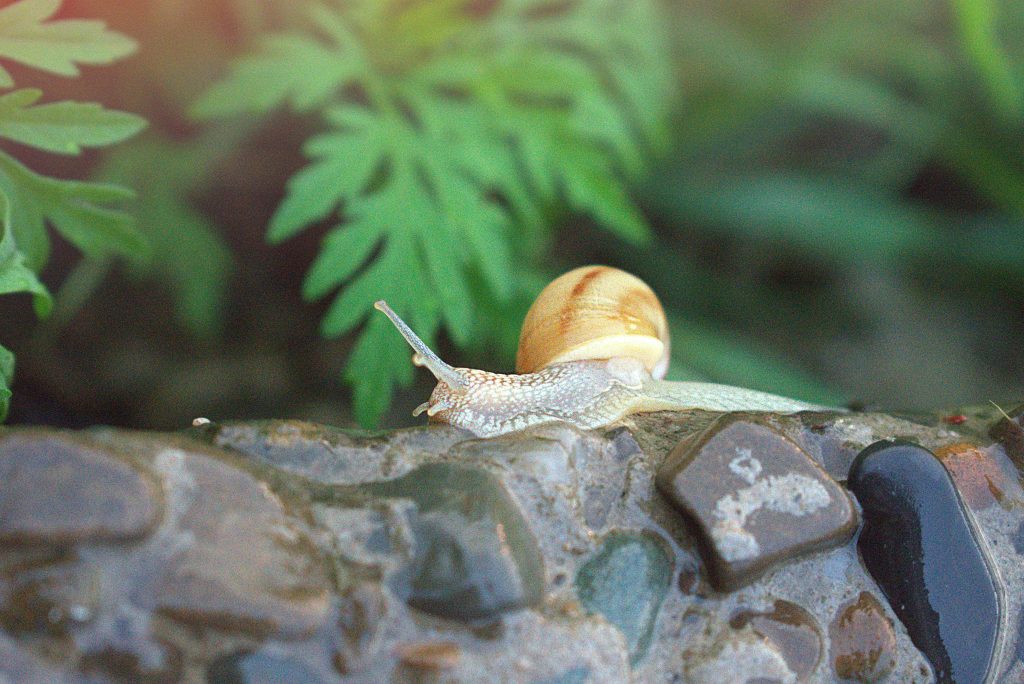
Why Choose a Snail as a Pet?
Snails are ideal for those who want a pet that’s:
- Quiet (no barking, chirping, or scratching).
- Space-efficient (a small terrarium or aquarium suffices).
- Budget-friendly (minimal setup and food costs).
- Educational (great for teaching kids about biology and responsibility).
- Long-lived (some species live 5–10 years or more).
They’re also perfect for apartment living, as they don’t disturb neighbors and require no walks or playtime.
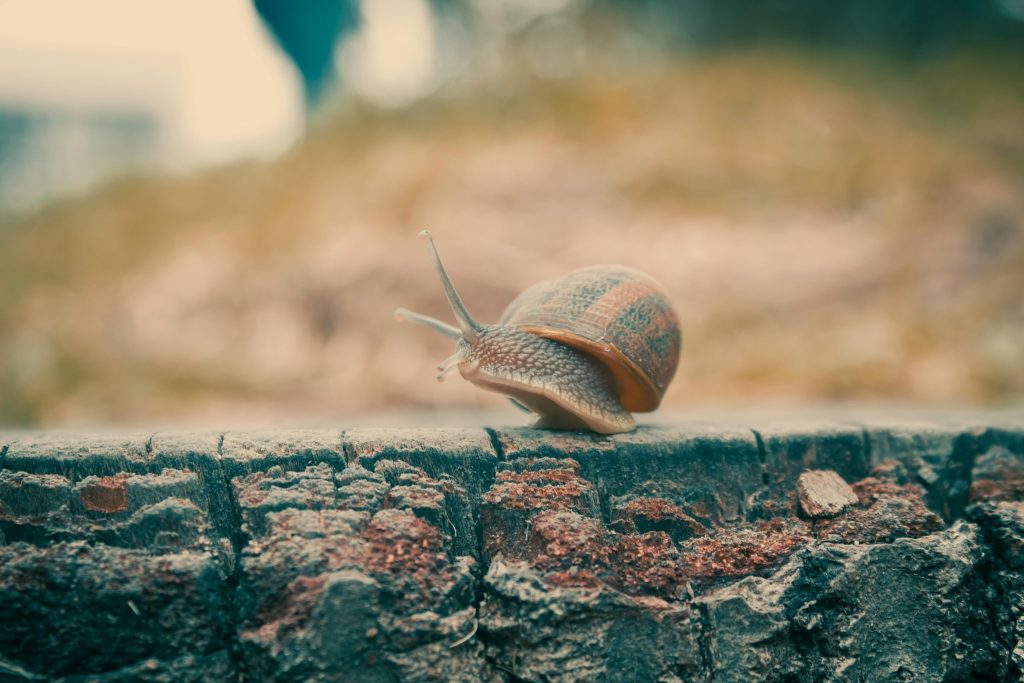
Handling and Temperament
Personality and Behavior
Snails are calm, slow-moving, and non-aggressive. They don’t bond with humans like mammals but can recognize food sources and safe environments.
- Garden snails & GALS are land-dwelling and enjoy exploring their enclosure.
- Mystery snails (aquatic) are active swimmers and climbers.
Handling Tips
- Land snails can be gently picked up by their shell (avoid pulling their body).
- Aquatic snails should be handled minimally to avoid stress.
- Always wash hands before and after handling (snails can carry bacteria).
Do Snails Bite?
No—snails have a radula (a tongue-like structure) that feels like a tiny cat’s lick. They may rasp on skin out of curiosity, but it’s harmless.
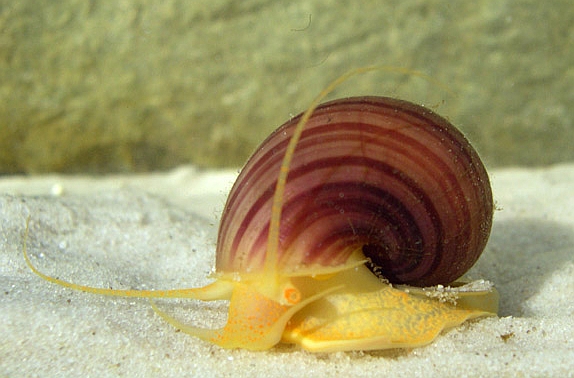
Care and Maintenance
Enclosure Setup
Land Snails (Garden Snails & GALS)
- Tank Size: 5+ gallons for small snails; 10+ gallons for GALS.
- Substrate: Coconut fiber, organic topsoil, or sphagnum moss (2–4 inches deep for burrowing).
- Humidity: 70–90% (mist daily with dechlorinated water).
- Hides & Decor: Cork bark, leaf litter, and smooth rocks.
Aquatic Snails (Mystery Snails)
- Tank Size: 5+ gallons per snail.
- Substrate: Sand or smooth gravel (avoid sharp edges).
- Filtration: Sponge filters (strong currents stress them).
- Lid Required: They can climb out and escape!
Temperature & Lighting
- Land snails: Room temperature (68–77°F); no special lighting needed.
- Aquatic snails: 68–82°F; low-light planted tanks work well.
Feeding
Land Snails
- Vegetables: Cucumber, zucchini, sweet potato, leafy greens.
- Calcium Source: Cuttlebone or crushed eggshells (for shell health).
Aquatic Snails
- Algae wafers, blanched veggies, sinking pellets.
- Avoid copper-based foods (toxic to snails).
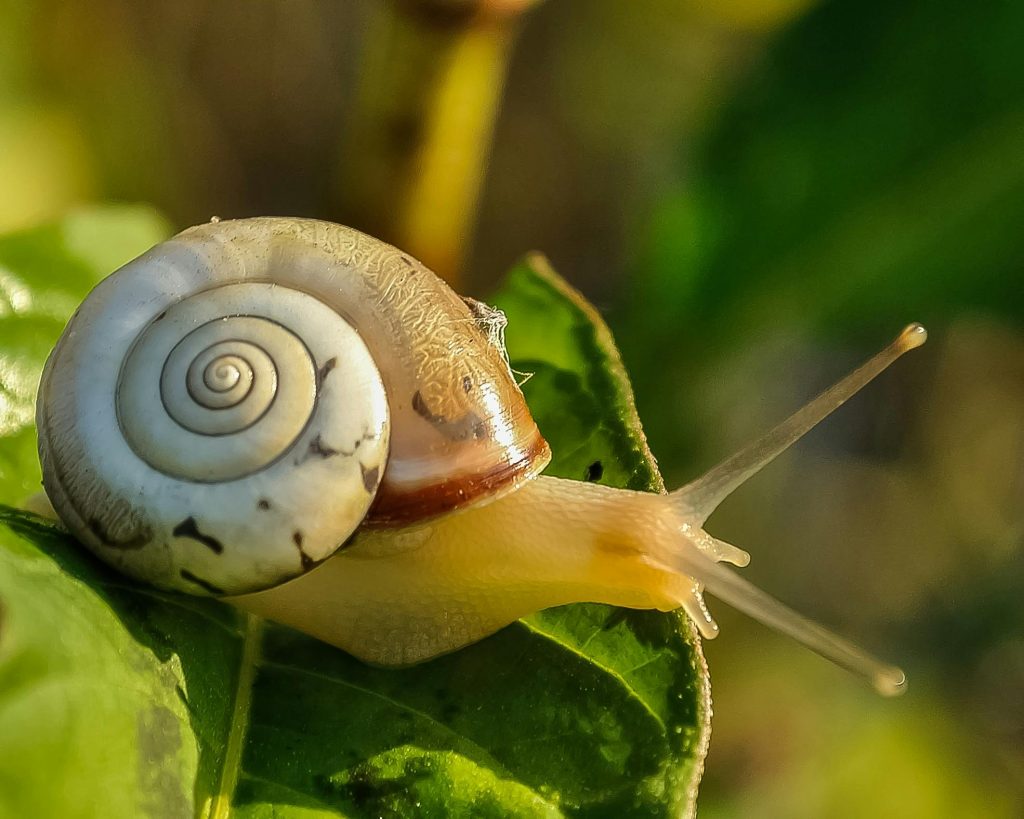
Health and Durability
Common Health Issues
- Shell Erosion (Land Snails): Caused by low calcium or acidic substrate.
- Fungal Infections (Aquatic Snails): Due to poor water quality.
- Dehydration (Land Snails): If humidity drops too low.
Preventative Care
- Regularly clean the enclosure (remove uneaten food to prevent mold).
- Monitor humidity & temperature.
- Provide calcium at all times.
With proper care, snails can live 5–10+ years (GALS often reach 5–7 years, while mystery snails live 1–2 years).
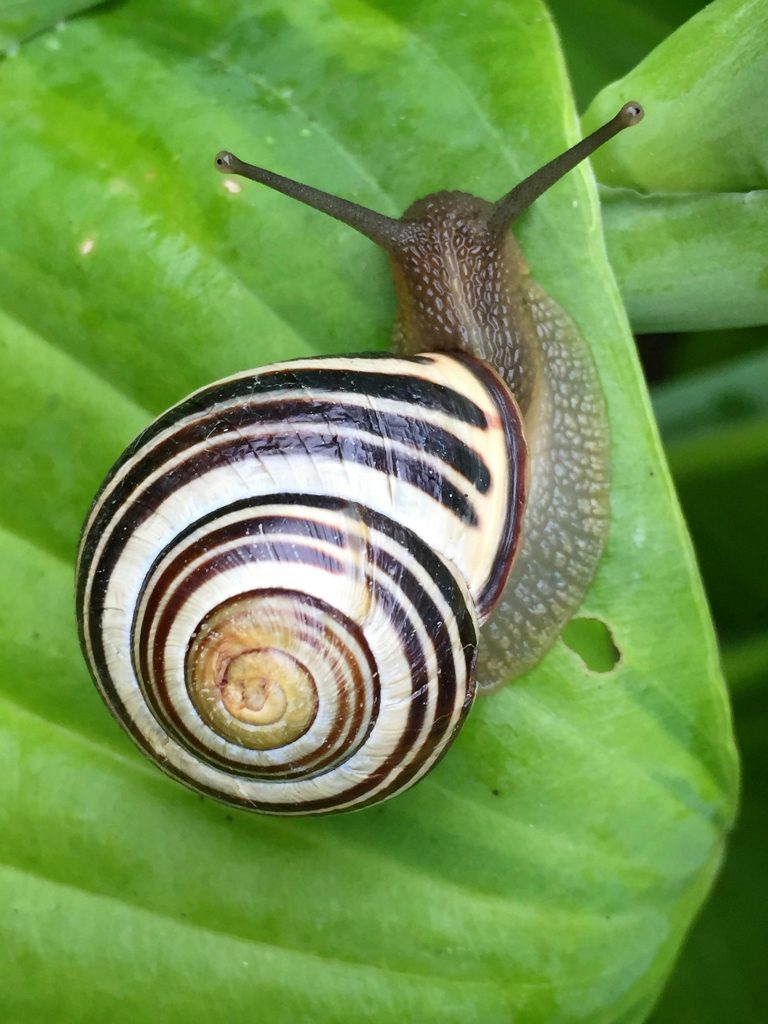
Availability and Cost
Where to Buy
- Garden Snails: Can be ethically collected (check local laws).
- Giant African Land Snails (GALS): Breeders or specialized exotic pet stores (illegal in some countries, including the U.S.).
- Mystery Snails: Pet stores, aquarium shops, or online breeders.
Cost Breakdown
- Snail Price: $2–$20 (depending on species and rarity).
- Setup Cost: $30–$100 (tank, substrate, decor).
- Monthly Food Cost: <$5 (mostly vegetables).
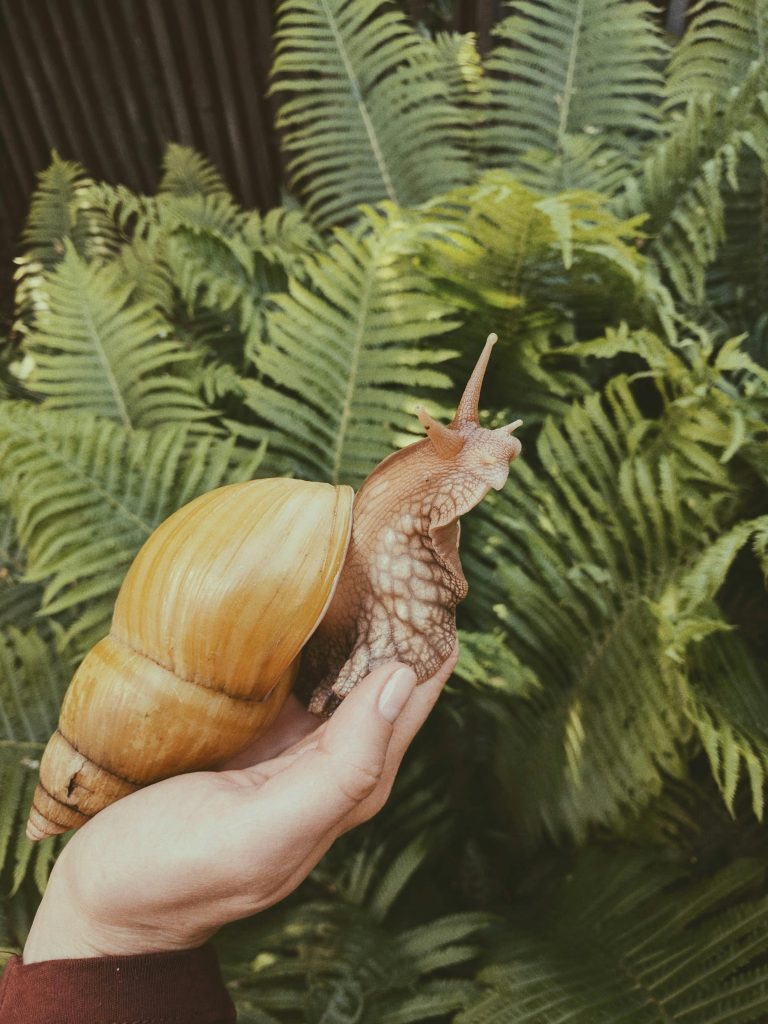
Pros and Cons
Pros
✔ Extremely low-maintenance.
✔ Quiet and space-efficient.
✔ Educational for kids.
✔ Affordable to keep.
✔ Fascinating to observe.
Cons
✖ Some species are illegal in certain areas (e.g., GALS in the U.S.).
✖ Can reproduce rapidly (if keeping multiple snails).
✖ Not interactive like mammals or birds.
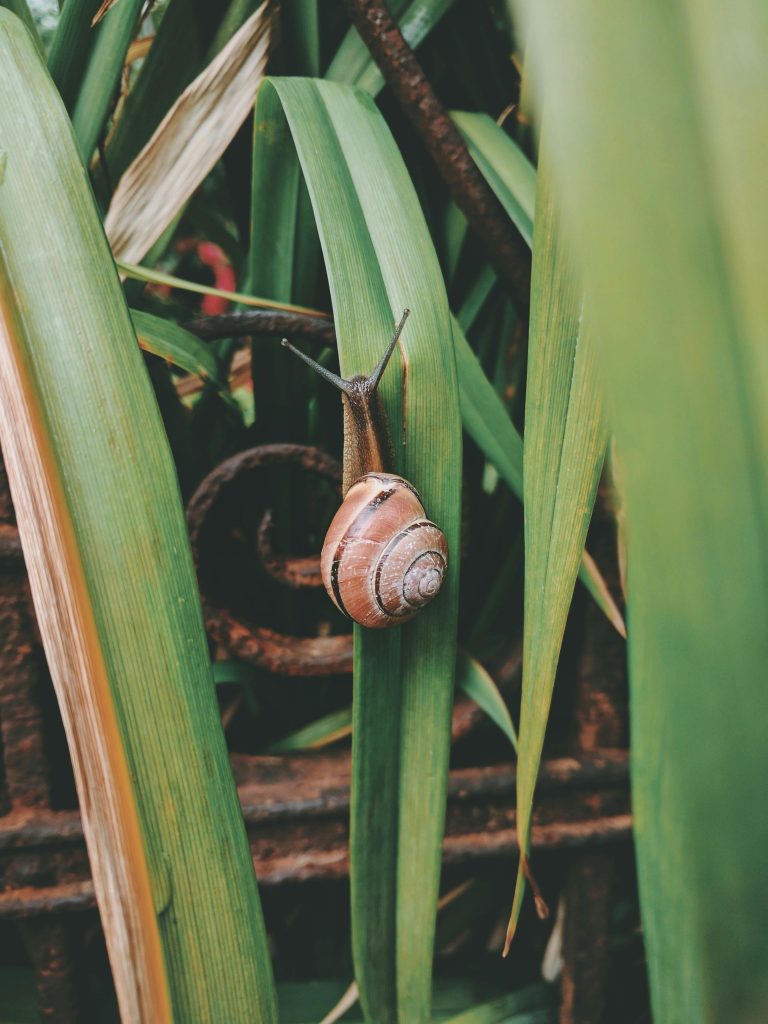
Final Thoughts
Snails are underrated, easy-to-care-for pets that offer a unique glimpse into slow-paced, low-stress companionship. Whether you prefer a land snail’s gentle exploration or an aquatic snail’s graceful movements, these creatures are a joy to observe.
For those interested, we recommend starting with a common garden snail or mystery snail before moving to more specialized species like GALS. Always ensure ethical sourcing and proper habitat setup for a happy, healthy snail.
Have you kept snails as pets? Share your experiences below!
For more exotic pet care guides, stay tuned to our blog! 🐌💚

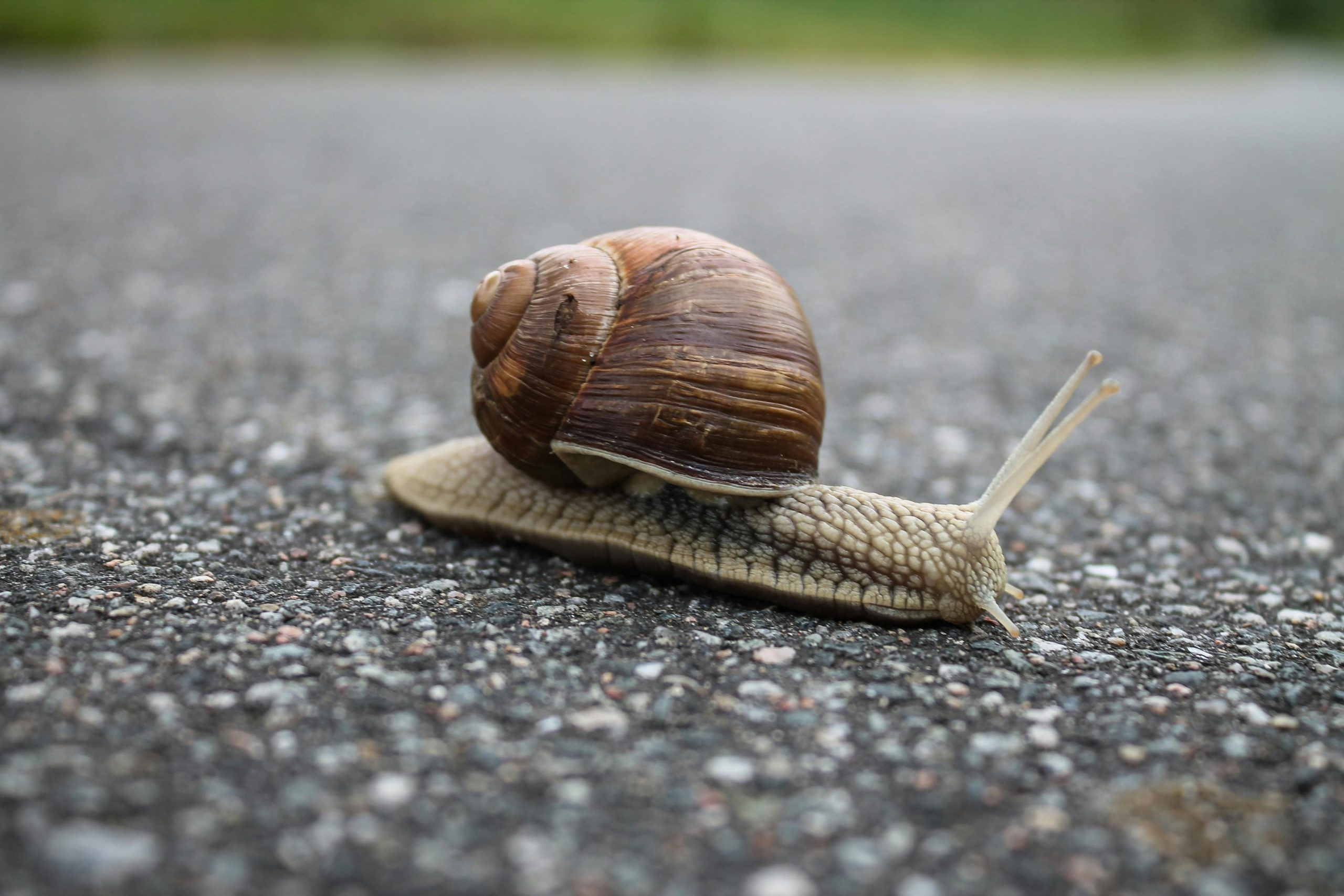

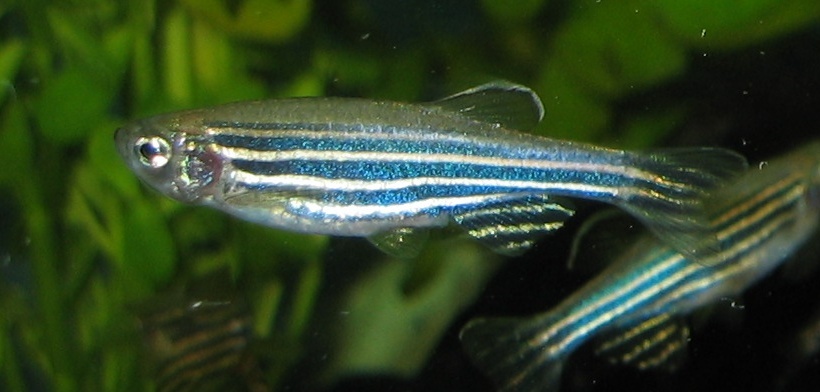
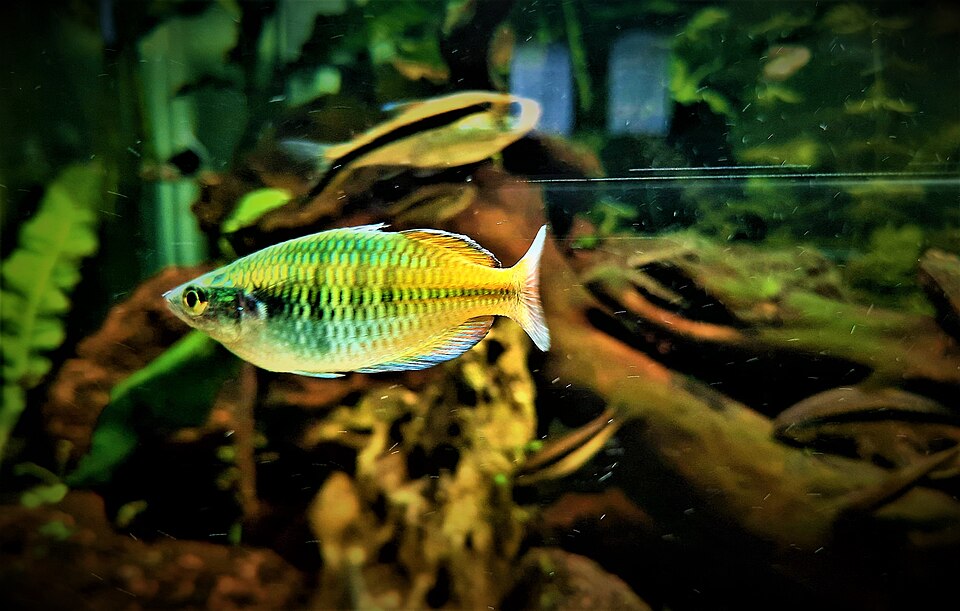
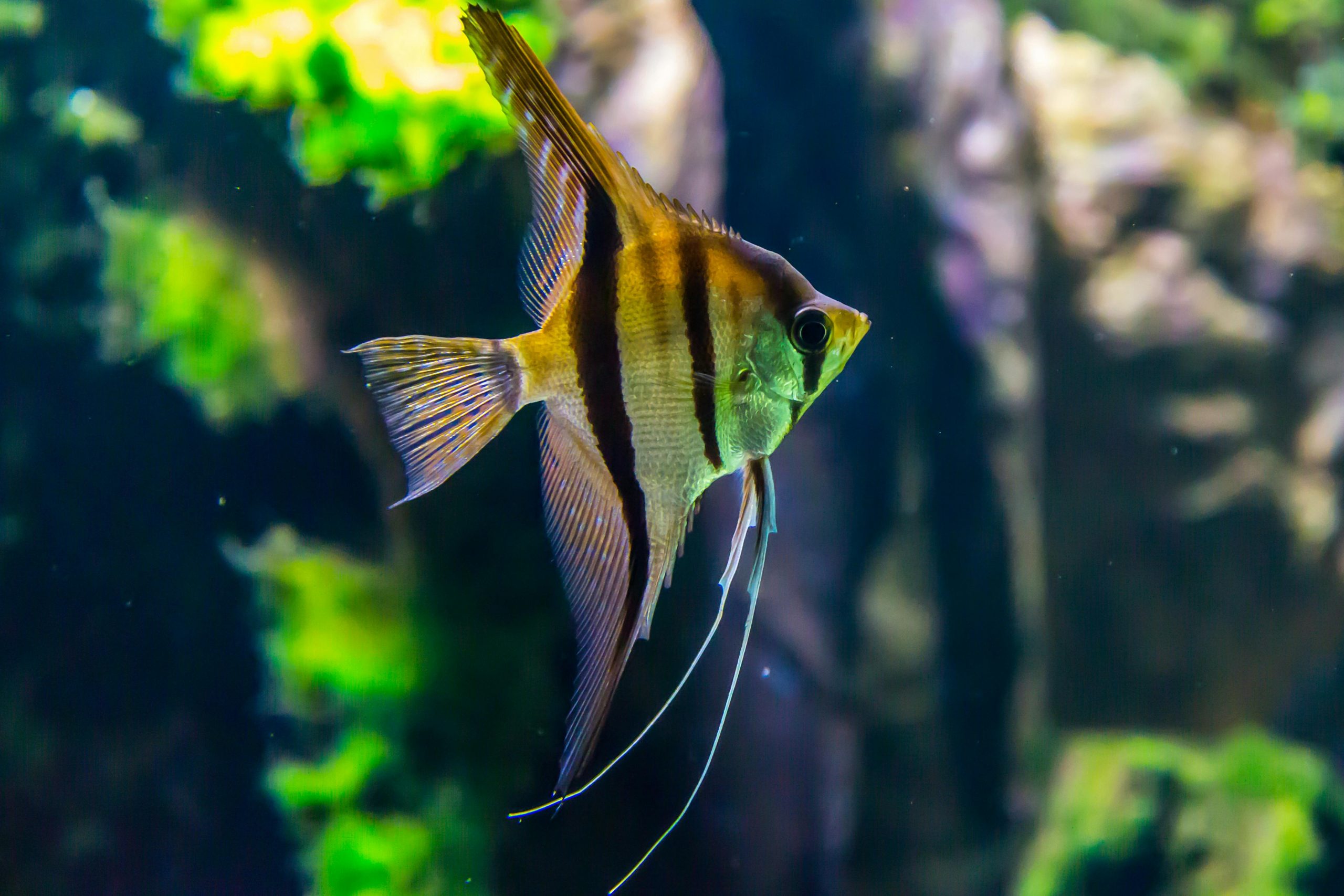
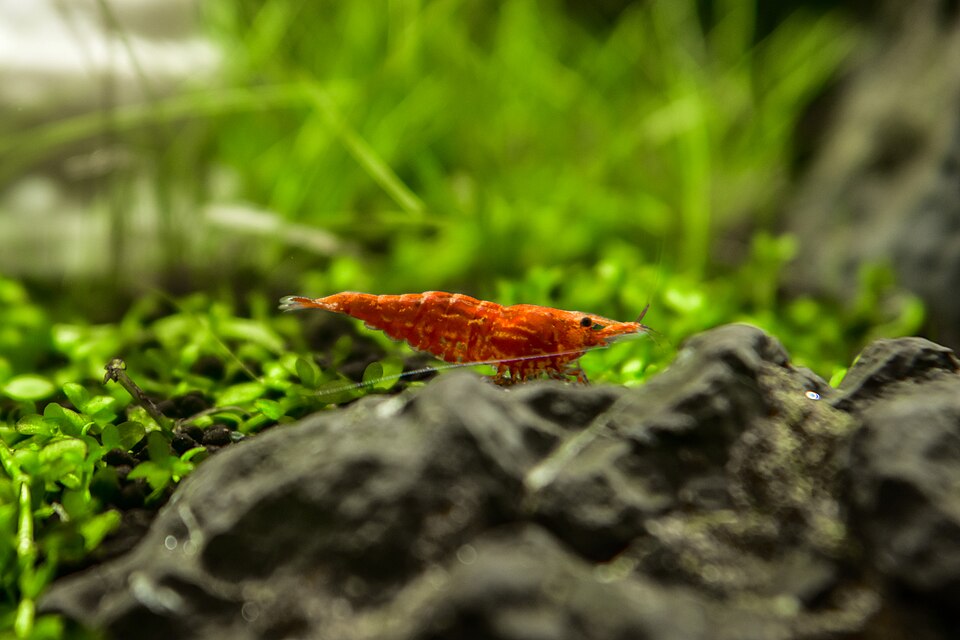

Leave a Reply